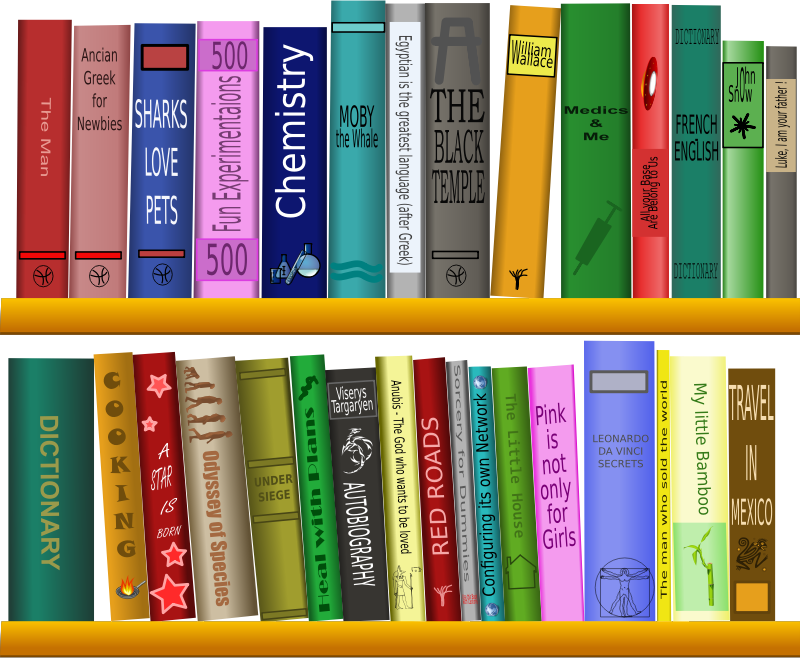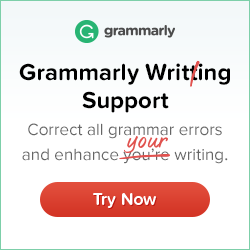Available at Amazon, Barnes & Noble, Kobo, Scribd, 24 Symbols, Thalia, Mondadori, Angus & Robertson, and Bol.de
How to Learn*
Excellent Guide About How to Study
I have read a lot of nonfiction books lately where the author just seems to be attempting to cash in on the quick reads the categories on Amazon, producing a book that is light on content or perhaps even just cobbled together from a variety of websites. (I can’t tell you how many of those in particular I’ve seen lately.) So it was an absolute delight to see a nonfiction book, particularly one on learning, that has more steak than sizzle. This book is actually written by an instructor at the University of Strathclyde in Scotland who is also a researcher. So he’s got some bona fides. The book actually does deliver solid information on how to best learn while in university/college courses, much of it backed up by actual scientific studies.
The book follows a logical structure, first looking at flawed learning strategies and exploring what learning is. He even goes into some brain science throughout the book. Then he talks about study habits and ways to make learning last. Surprisingly, one of the chapters is called Focus and Passion, the latter being about emotionally engaging with the subject. Who would ever associate learning with passion? Final chapters look at exam preparation and examining your own learning.
I found one thing highly amusing, as a person who reads a lot of nonfiction aimed at the general public, especially in the self-help field. I’m used to seeing nonfiction book chapters end in a series of questions or tasks to do. But you can tell this guy is a university professor because his questions at the end of the chapter more test your knowledge about what you just read rather than have you act on it! For instance, his review question on the Pomodoro Technique didn’t ask you to use it but rather asked you what it is, how long the study sessions are, and how long the breaks are.
I don’t think the book is accurately titled, though the subtitle is accurate. This really isn’t a book about how to learn. Rather, it is a book about how to study for high school or college/university courses. I think there was one rather large omission. Since this book was so well done, I would have loved to have seen a little discussion about learning and the older student. Having been one who went to college for the first time at the age of 17 and then returned for more education at the age of 42, I know that learning is very different depending on your age, and your study habits have to change in order to accommodate an aging brain (though it appalls me to have to admit that!). All in all, this is a well-written and researched book from which, if you have a need to learn how to study for advanced high school classes, college, or university, you might glean some very beneficial insights.





